
TL;DR
Introduction: The Transition from Hype to Revenue
AI, or Artificial Intelligence, was a buzzword till a few years ago, but today, it has moved far beyond that and is no longer limited to just proof-of-concepts. Once driven by vast volumes of experimentation, the landscape has transformed into something more impact-oriented.
In 2025, the expectations from AI revolve around the delivery of measurable business impact. Successful enterprises are no longer scratching the surface with AI; they are now using it to uncover new revenue streams, optimise operational workflows, and reduce costs. From automated customer interactions to streamlined supply chains, AI is being rapidly deployed at scale. This is also not limited to pilot projects, but has also stretched to becoming fully embedded systems capable of generating and delivering tangible, impactful outcomes.
The numbers, too, speak volumes about this. 77% organisations are leveraging or exploring AI for use in their businesses. Also, 72% of enterprises are now using AI in at least one of their business functions. These are not just statistics, but reflect a huge shift in how real-world AI is making an impact.
Profitable AI is now a reality, and in 2025, the technology’s focus has shifted to repeatability, scalability, and alignment with the business objectives of enterprises. They have become capabilities contributing directly to overall organisational growth.
In this post, we will dive into some real-life use cases that are practical and have been churning out some noteworthy revenue goals for organisations.
8 AI Use Cases You Need to Know About in 2025
Let’s have a look at 8 AI use cases that are consistently hitting out of the park for enterprises:
1. Personalised E-commerce Recommendations
In 2025, e-commerce has moved beyond usual product suggestions and is now offering hyper-personalisation across the table, where customer requirements can be anticipated in real-time. Recommendation engines have become advanced, analysing browser behaviour, product preferences, purchase history, and even other details such as the device used and the time of day when purchases are usually made, further ensuring that every touchpoint is taken care of.
This is a level of personalisation that does translate into revenue impact. Amazon Personalize is one great instance, where this tool has been enabling retailers elevate the Average Order Value (AOV) and engagement. Reduced bounce rates, intuitive navigation, and better conversion, where everything is powered by AI.
From the customer’s perspective, they are no longer overwhelmed by irrelevant options, but are smoothly navigated to products that capture their interest. In an era where attention spans have drastically reduced, personalised AI-powered shopping experiences have become one of the most promising drivers of revenue.

2. Predictive Maintenance in Manufacturing
Unplanned equipment failures can lead to significant losses in the modern manufacturing industry. This is the place where AI in predictive maintenance is ushering in a new era of transformation. Sophisticated machine learning models can forecast when systems can falter by factoring in historical performance, sensor data, and other environmental dynamics.
Google Cloud’s Manufacturing Data Engine is a prime instance, where it offers real-time insights about equipment and alerts through the unification of machine data.
Such robust platforms ensure that corrective action is taken before actual breakdowns occur. This approach is quickly becoming fundamental to the success of smart factories, where manufacturers can schedule maintenance only when it is needed, and not just rely on regular cycles. It results in extended equipment life, lower maintenance costs, and significant reductions in downtime, among other advantages.
Many industries, including aerospace, automotive, and heavy machinery, are already using AI in manufacturing to help improve both safety standards and output trustworthiness.
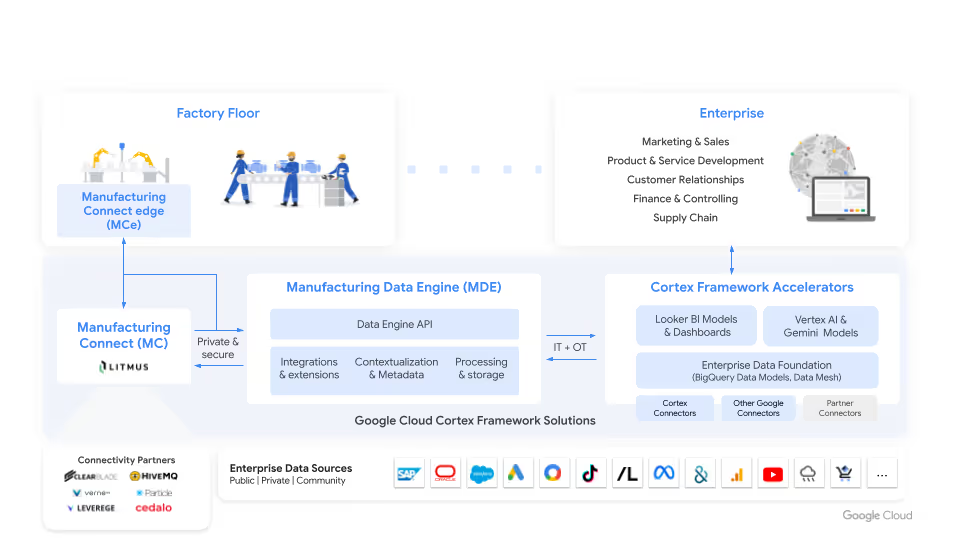
3. Dynamic Pricing and Revenue Optimisation
There are many industries where demand faces rapid fluctuations, and this is where dynamic pricing AI is really making a lot of difference. AI-powered algorithms are being used in industries such as airlines, hospitality, and cab services for adjusting prices in real-time with multiple variables in play, such as competitor pricing, demand, user behaviour, and present inventory levels.
With a mature AI-driven approach, enterprises get a lot of assistance in optimising revenue by ensuring maximum pricing during peak slots and also leading to inventory optimisation when the demand is low. Contrary to static pricing models, AI systems constantly learn from live and historical data, enabling businesses to respond to market changes with accuracy and effectiveness.
Leading travel service providers are incorporating AI into their pricing strategy to balance loads, secure profits driven by higher demand, and boost occupancy in the process. For instance, airlines can adjust the prices of seats dynamically according to the route and timing. In contrast, hotels and resorts can optimise room tariffs according to customer booking patterns and other local events.
4. AI-Generated Content and Creative Automation
Content creation is one of the fields that has witnessed rapid monetisation in recent times. With the help of generative AI capabilities, businesses are now successfully creating blogs, video scripts, ad copies, and social media content at an exemplary scale. Creation activities that used to take a few days can now be drafted in minutes, with the ideation process too, getting reduced to a few moments. All of this gets done without compromising the tone and style of the content to be created.
Today, content and media agencies are making use of AI content tools to boost their delivery cycles, scale campaigns, and satisfy ever-increasing content requirements across multiple channels. Promising tools such as Google Vertex AI offer capabilities that can fine-tune content generation with proper contextual alignment as well, reducing turnaround times from days to mere hours.
The business angle is apparent here: reduced creative overhead and time-to-market, with a consistent brand voice across different creative assets. In scenarios of performance-linked initiatives such as AI in marketing, such velocity gets transformed directly into improved engagement and better conversion metrics.
5. Fraud Detection and Risk Scoring in Finance
Speed and accuracy are two crucial elements in the world of finance, more so when we talk about identifying threats. AI in finance today is enabling systems capable of detecting fraud, fraudulent behaviour, and transactions that pose a risk in real-time. By combining anomaly detection, pattern recognition, and behavioural analytics, AI today constitutes an effective first line of defence in the world of finance and banking.
With a vast volume of financial data at their disposal, the finance models constantly learn from transactions that take place, so that anything unusual can be instantly flagged. For instance, identity mismatches, frequent withdrawals, or areas that are notorious for financial fraud can be identified quickly than any other rule-based system.
The outcomes have been promising. Banks and fintech companies are witnessing significant improvements in preventing losses and gaining customer trust. Things also span beyond just fraud, where AI is enhancing the capabilities of risk scoring models, used in underwriting, credit decisions, and disbursement of loans. AI in banking is enabling personalised and precise assessments, ensuring increased approval rates while also managing default risk.
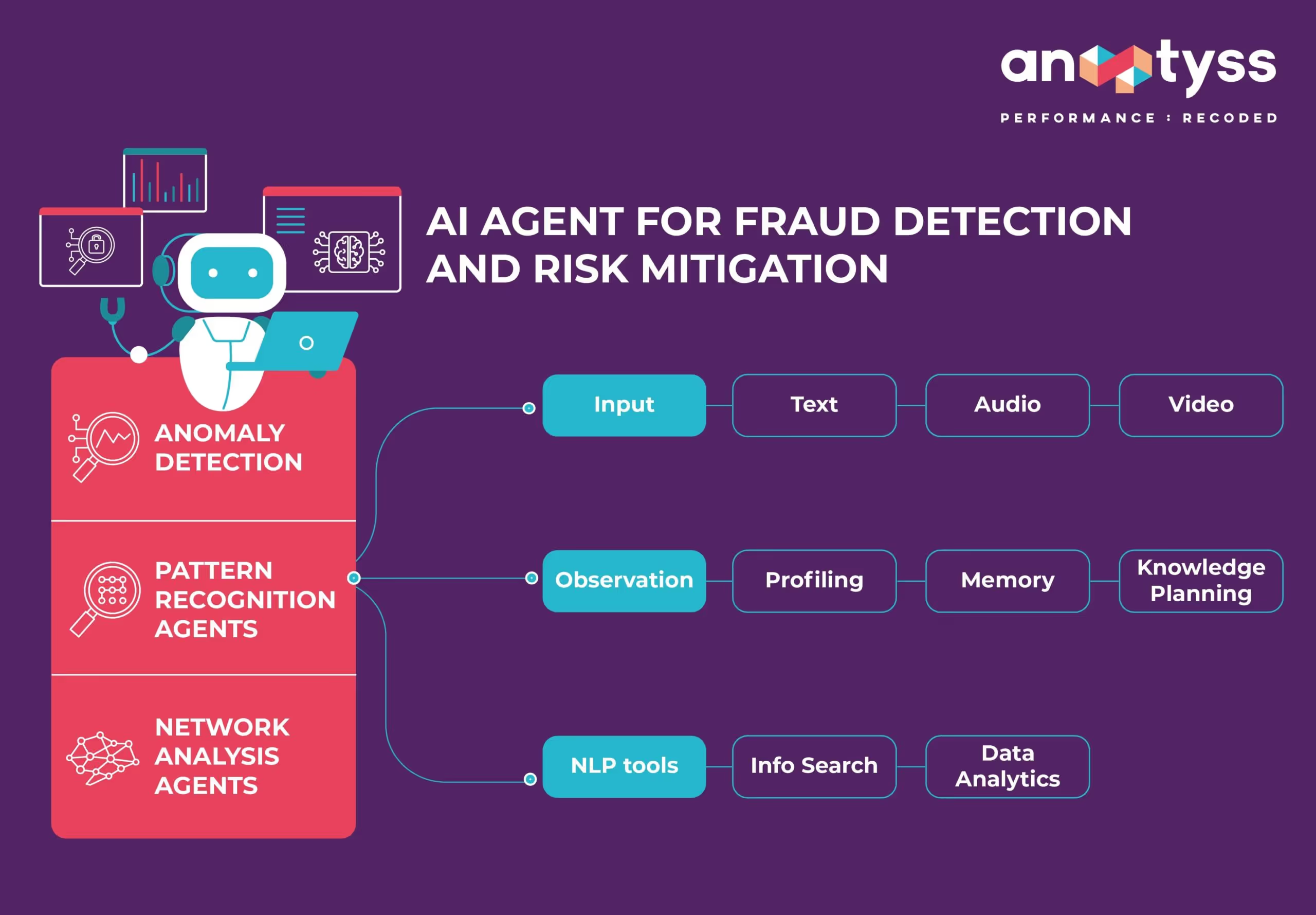
6. AI Agents in Customer Support and Sales
In 2025, AI customer service has evolved from just a few simple scripts to assist support teams with conversations, to intelligent systems capable of delivering real impact. Driven by large language models, voice agents and AI chatbots enable smooth handling of complex customer queries, providing support for multiple languages, and taking care of issues with human-like empathy.
This is not a transformation from just a convenience point of view. Enterprises have been able to see tangible revenue gains in reduced costs, quicker ticket resolution, and better customer satisfaction. A Forrester report echoes the sentiment, mentioning that 71% of enterprises aware of conversational AI have made a point to invest in chatbots for their support and sales functions.
For sales teams, AI sales automation is accelerating the pace of sales cycles. From scheduling client meetings to delivering personalised messages at scale, outreach chatbots have become more capable than ever before. There is not just a boost in the conversion rates, but it also opens up time for focusing more on other critical areas. AI-powered agents have undoubtedly become a force to reckon with in modern sales and support ecosystems.
7. AI in Healthcare Diagnostics and Imaging
AI in healthcare is one of the most transformative applications in the arena of diagnostics, more so in the case of medical imaging. AI tools today are adept at assessing X-rays, CT scans, and MRIs more efficiently than humans. They are also able to identify anomalies such as fractures, tumours, and other organ irregularities in just a few seconds. This has proved crucial for clinicians, who have been able to ensure accurate decision-making and fulfil their commercial bottom lines.
With an accelerated pace of diagnosis and reduction in manual workloads, providers witness gains in operational efficiency, better patient outcomes, and proactive treatments. It leads to lower costs of treatment for patients and better care capacity.
Healthcare providers are leveraging medical AI to prioritise cases that need urgent attention and reduce diagnostic errors. With increasing regulatory measures and AI starting to gain trust in the industry, healthcare automation is quickly becoming an essential element for sophisticated healthcare delivery.
8. AI-powered Revenue Forecasting and Financial Planning
The global market is an increasingly volatile place, one where having strategic foresight is not just optional, but a core business capability. This is where AI in financial forecasting is completely reshaping how enterprises today plan for their profitability. By leveraging historical data, real-time variables, and other external signals, revenue prediction AI is able to generate forecasts based on scenarios that evolve with changes in the business environment.
Contrary to traditional systems that are increasingly dependent on static information and assumptions, AI-based systems constantly refine their predictions based on new inputs.
The result?
The visibility into revenue trends is sharper, responsiveness towards market trends becomes quicker, and there is a strong sense of fiscal control.
How Modern Data Product Platforms Enable AI Use Cases to Drive Monetary Advantage
The current data product platforms offer access to context-rich data. governed, and cross-domain intelligence. The semantic layer standardises business terms across data products so LLMs and agents don’t just retrieve data; they understand it. That means fewer hallucinations, better alignment with business logic, and faster decision loops.
As AI adoption achieves maturity in today’s enterprise paradigm, AI-powered data products embody the new paradigm. As modular, reusable assets embedding intelligence right into the data pipelines, these data platforms have data product thinking right at the core. Data products are packaged for trust, usability, and scale.
Now think of knowledge graphs! AI agents can navigate relationships like campaign-to-region-to-partner, or connect delivery KPIs to marketing outcomes. This enables agents to surface cause-and-effect insights that drive action, like adjusting targeting mid-campaign based on supply chain performance. So even better cross-domain functions!

Flat memory models often misfire. But agents backed by knowledge graphs can distinguish similar-looking campaigns and personalise actions down to audience segments. That’s not just AI doing analysis; it’s AI executing for impact.
The governance layer ensures these insights are compliant, secure, and reusable. Agents plug into predefined data products, think for instance a Campaign Booster data product and a Supplier organiser-data product, getting clean, trusted data out of the box.
How does a high ROI kick in?
Fewer failed experiments
Data product platforms prevent that by enforcing definitions, quality checks, and versioned logic upfront. Less rework, fewer costly misfires.
Smarter cross-functional actions
Linking campaign data with supply chain and partner performance gives agents the full picture. So marketing doesn’t waste budget targeting regions where deliveries are delayed. That’s direct cost avoidance.
Better personalisation = higher conversions
With knowledge graphs tracking past campaigns, audiences, and performance, AI agents stop guessing. They make precise recommendations that lift campaign ROI—without human babysitting.
Governance by design
You save time and money on audits, access reviews, and compliance reporting. The platform handles it in the control plane, so AI outputs are safe to scale.
Narrowing it down in a line: Organisations get faster AI rollout, sharper decisions, fewer mistakes, and operational savings baked into every use case. That’s how a data product platform turns AI into an actual business lever, not just a tech showcase.
Final Thoughts: A Real KPI for AI is Revenue
As the world becomes increasingly competitive each moment, 2025 is a year where the scope for experimentation is at an all-time low, with increasing preference towards revenue generation. Capabilities are now just a part of the whole package, where commercial value has become the key focal point.
For any domain, organisations are now realising that the real impact is not in the AI, but the scope of that AI to deliver measurable and profitable ROI over time. For this new world of industrial AI, value delivery becomes the ultimate bottom line.
Frequently Asked Questions (FAQs)
- What is the difference between traditional AI models and AI-driven data products? AI-powered data products are reusable, modular, and assets aligned with domains, with intelligence embedded right into the data stack. Different from traditional AI models, they integrate features such as anomaly detection, automated documentation, and lineage prediction directly into the workflows.
- Which AI use cases are delivering the most value today? The most valuable AI use cases in 2025 are predictive maintenance in manufacturing, personalised recommendations in e-commerce, fraud detection, and AI-powered financial forecasting, among a few others mentioned above. All these use cases share some attributes, such as domain expertise, scalability, and solid alignment with business objectives.
- What can be a crucial KPI that businesses should track for their AI initiatives in 2025? AI ROI is the most important KPI in today’s dynamic business ecosystem. This KPI measures how effectively enterprises are driving commercial outcomes. The key indicators include cost reduction, revenue influence, and improvements in terms of time-to-insight.
From MD101 🧡
The State of Data Products: A Quarterly Release to Capture the Data Industry Trends
The State of Data Products is a quarterly piece that covers the evolving data product journey in the industry, reporting and documenting milestone events, discussions, and significant trends (like, say, mass adoption).
With the latest release of SODP, Q2, 2025, we are unravelling the challenges of GenAI adoption and diving into new concepts/systems like MemOS with a data product approach.
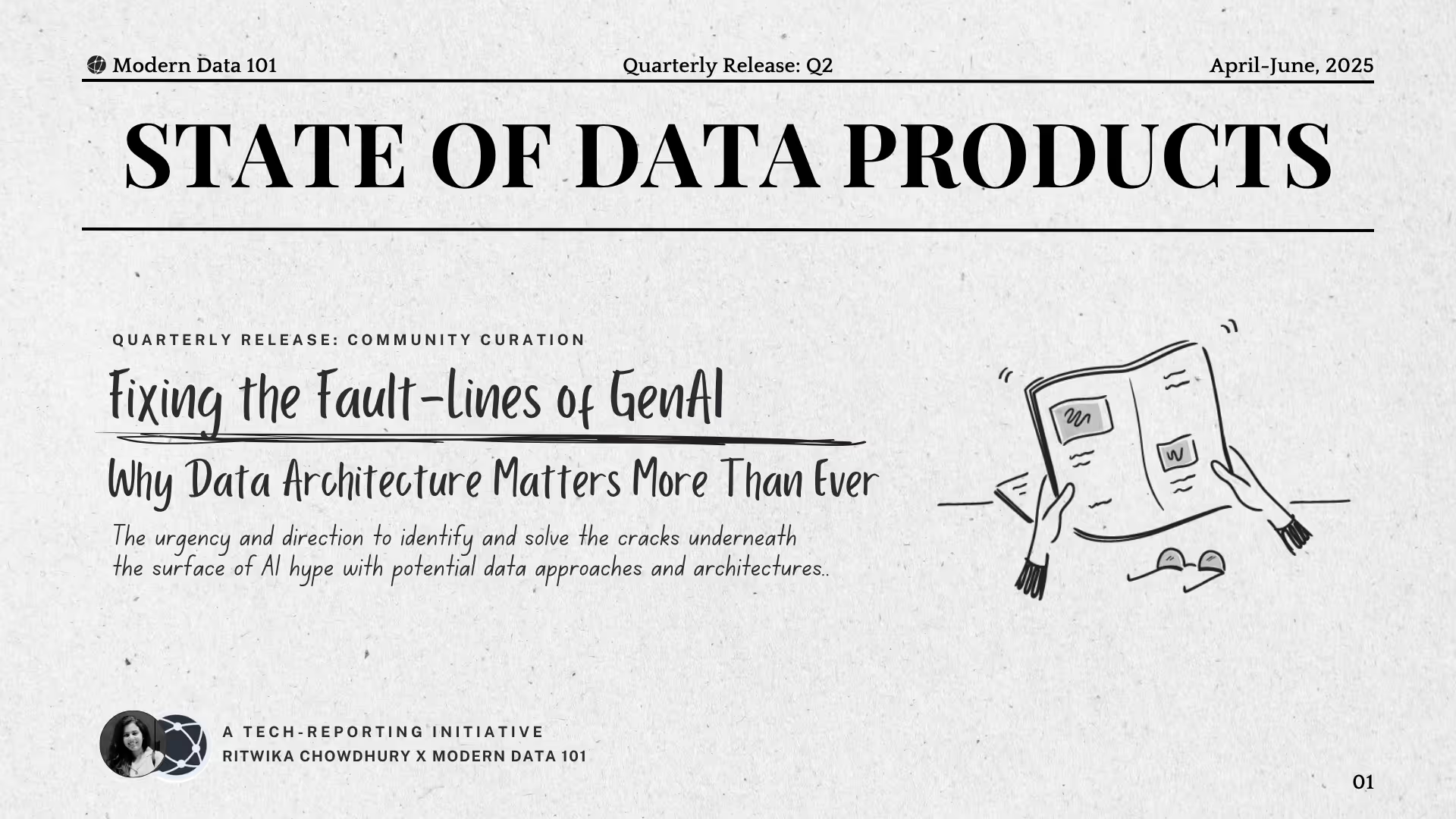
Grab your copy here!
More from Modern Data 101
Join the Global Community of 10K+ Data Product Leaders, Practitioners, and Customers! Connect with a global community of data experts to share and learn about data products, data platforms, and all things modern data! Subscribe to moderndata101.com for a host of other resources on Data Product management and more!
.avif)
A few highlights from ModernData101.com
📒 A Customisable Copy of the Data Product Playbook ↗️
🎬 Tune in to the Weekly Newsletter from Industry Experts ↗️
♼ Quarterly State of Data Products ↗️
🗞️ A Dedicated Feed for All Things Data ↗️
📖 End-to-End Modules with Actionable Insights ↗️
*Managed by the team at Modern
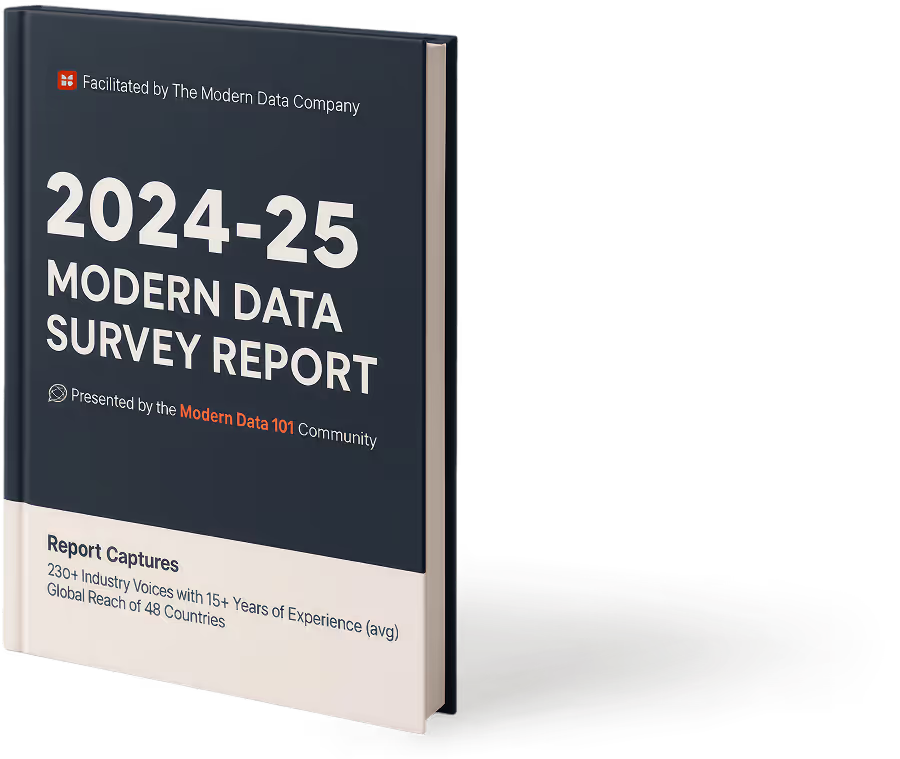
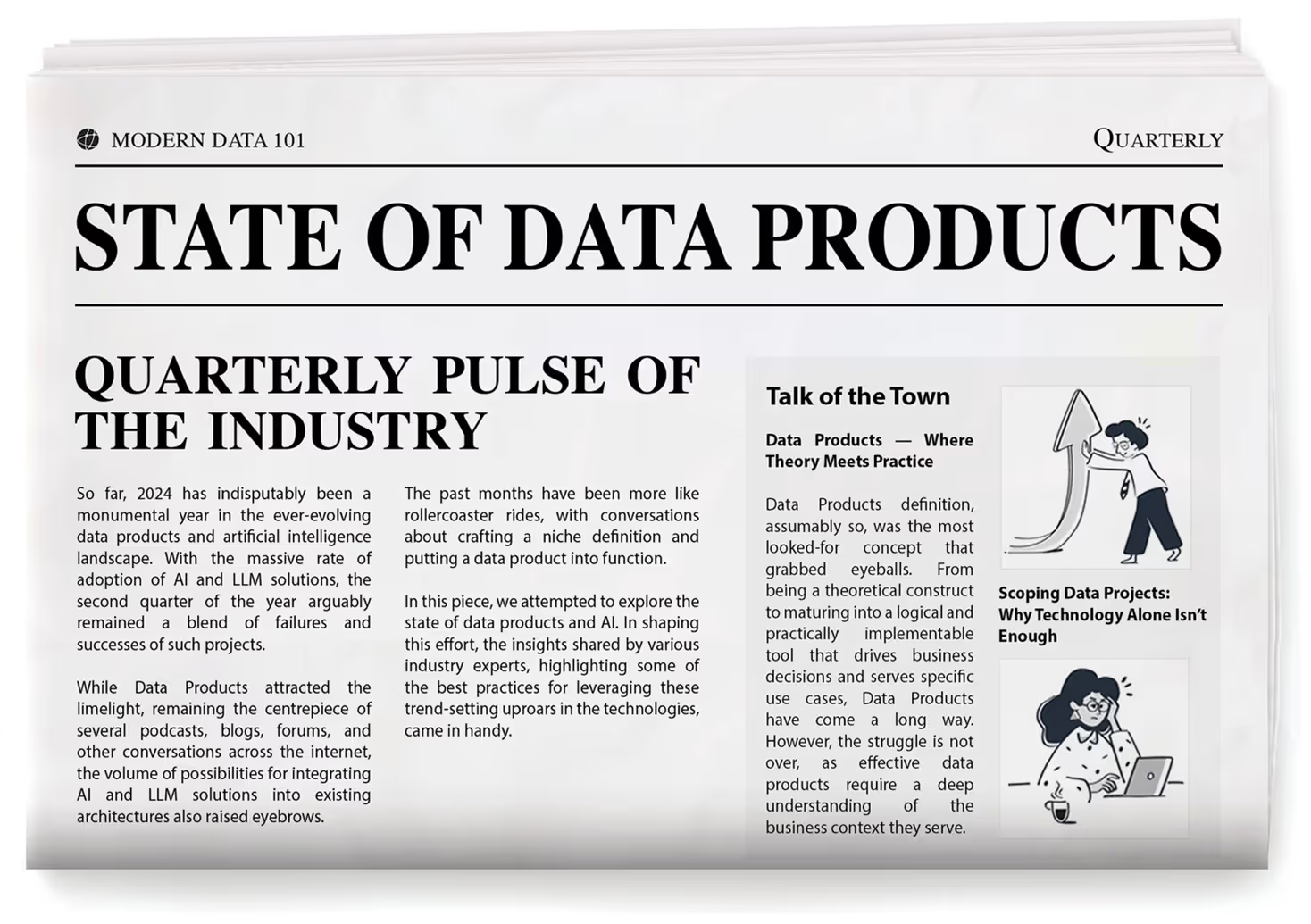

Author Connect 🖋️

Simran Singh Arora

Simran is a content marketing & SEO specialist.
Simran is a content marketing & SEO specialist.





%20(1).png)




